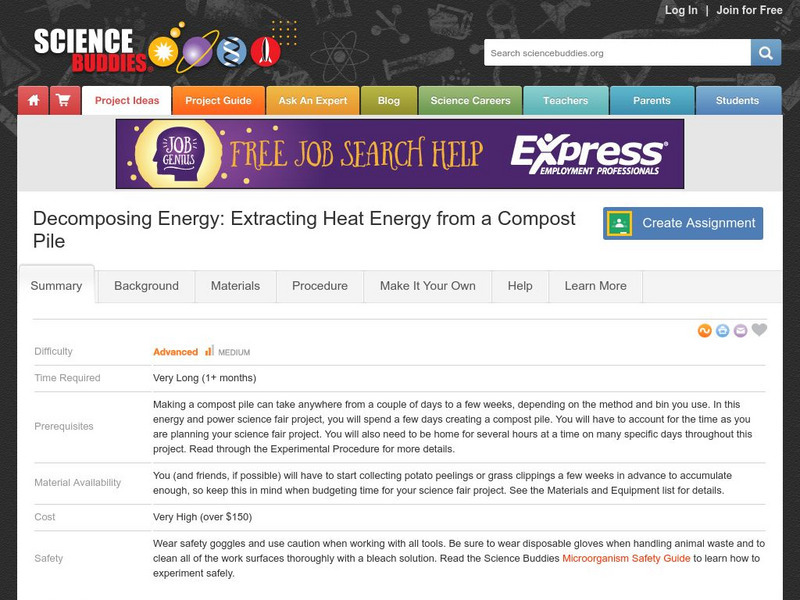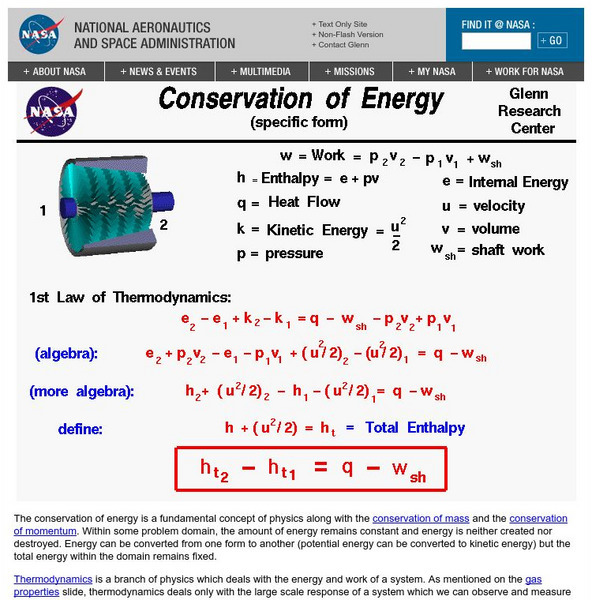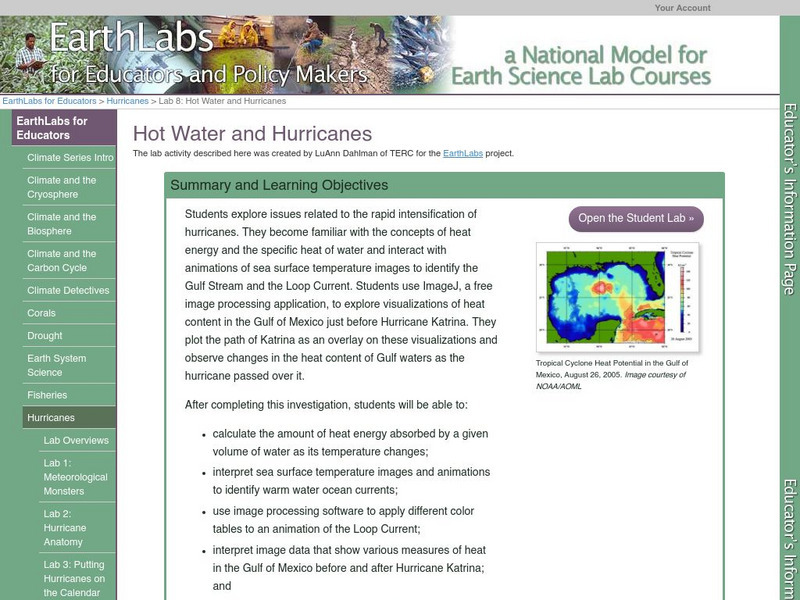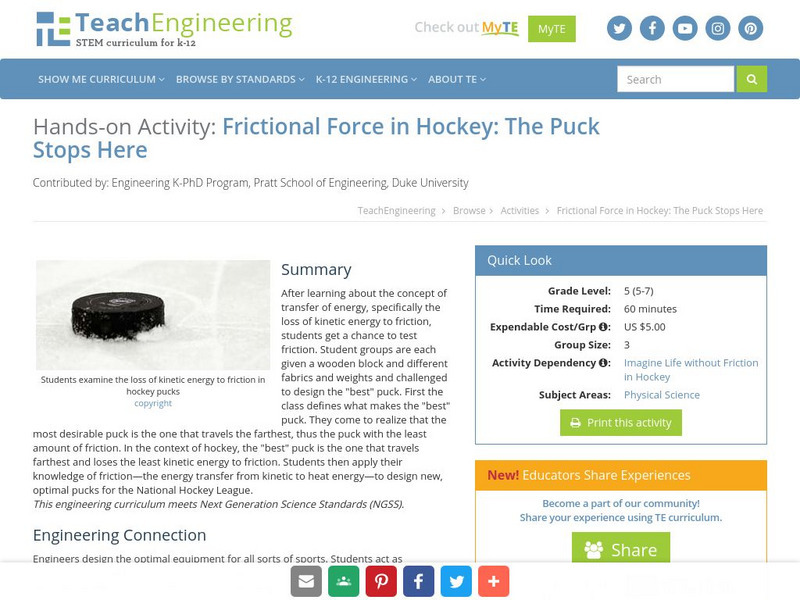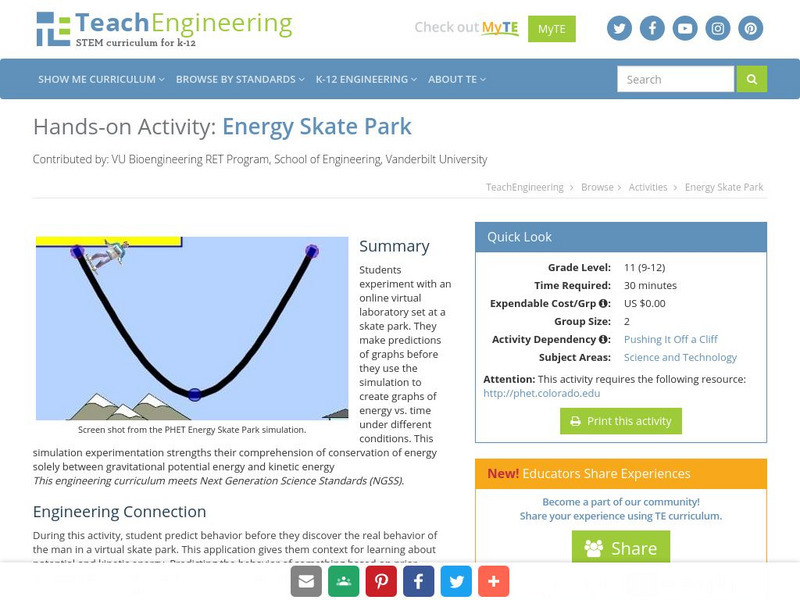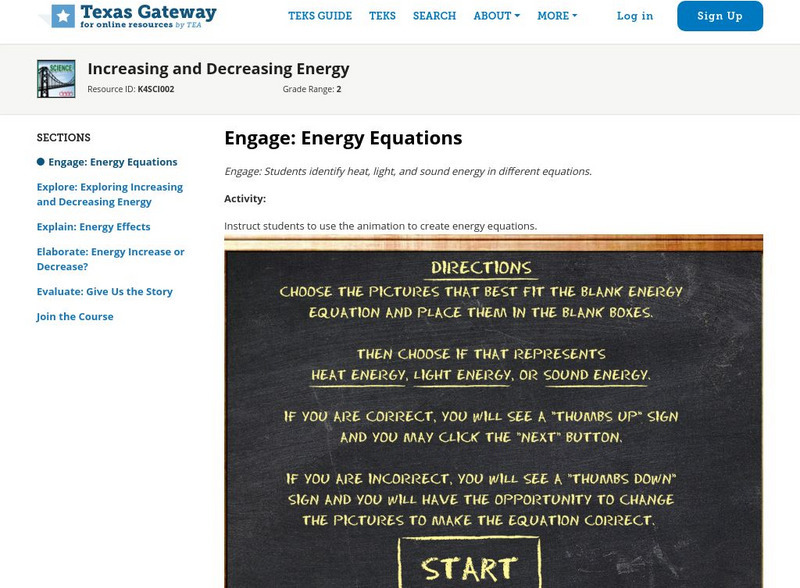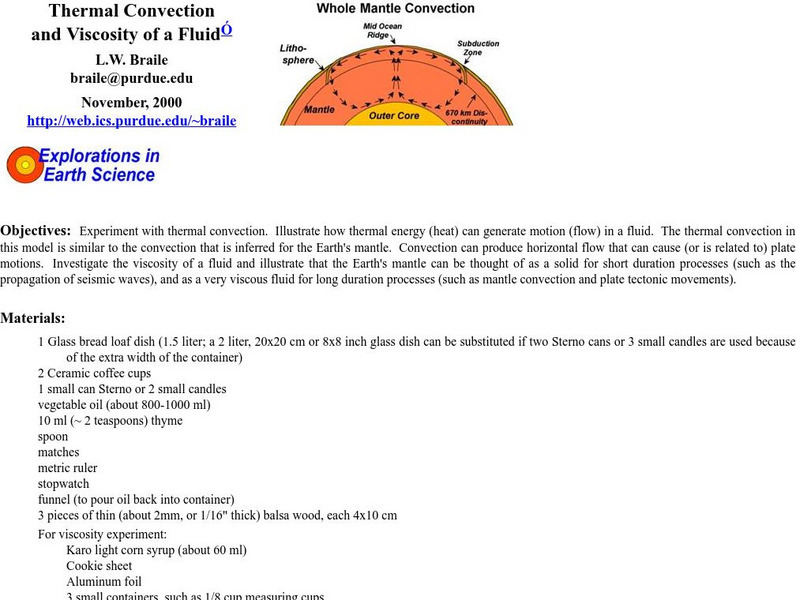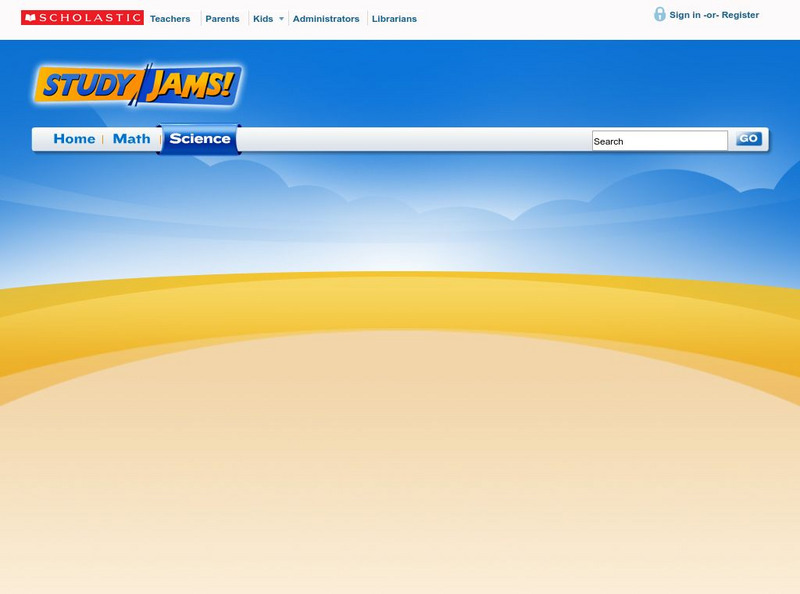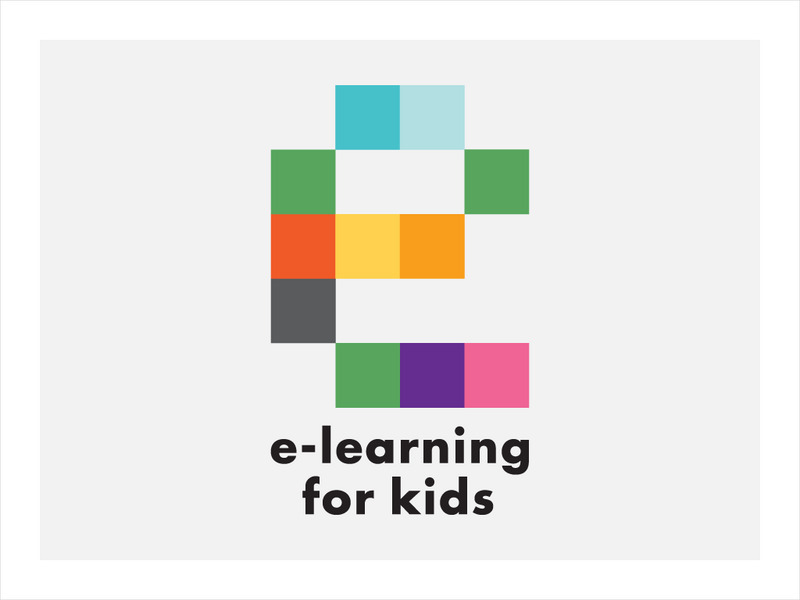CK-12 Foundation
Ck 12 Exploration Series: Simulations: Physics: Heat Engine
[Free Registration/Login Required] Having trouble understanding the energy transfer in heat engines? This simulation allows students to learn about the conversion of heat energy to mechanical energy in the context of heat engine.
CK-12 Foundation
Ck 12 Exploration Series: Simulations: Physics: Hot Oven
[Free Registration/Login Required] Do you know why the metal in the oven burns your skin but the air in the oven doesn't? This simulation will show you the relationship between heat energy and temperature.
PBS
Pbs Learning Media: Acids and Bases: Making a Film Canister Rocket
ZOOM cast members mix different amounts of baking soda and vinegar to see which combination produces the most carbon dioxide for launching a film-canister rocket. [3:23]
Science Buddies
Science Buddies: Project Ideas: Decomposing Energy: Heat Energy From Compost
In this energy and power science fair project, the student will calculate the heat energy produced by an active compost pile, surrounding a tin can filled with water. The Science Buddies project ideas are set up consistently beginning...
NASA
Glenn Research Center: Conservation of Energy
From the Glenn Research Center at NASA, read about the law of conservation of energy. Included are formulas and many links to key terms.
Other
Siemens Science Day: Physical Science: You're Getting Warmer
This hands-on science activity allows students to explore how materials absorb sunlight differently. Students will create model houses with different materials on the roof and see which material allows the most heat to be absorbed into...
Science Education Resource Center at Carleton College
Serc: Lab 8: Hot Water and Hurricanes
A lab experiment in a series of experiments that explores hurricanes. In this lab experiment, students will investigate the concepts of heat energy and specific heat of water to explore issues related to the rapid intensification of...
TeachEngineering
Teach Engineering: The Puck Stops Here
After learning about transfer of energy, specifically the loss of kinetic energy to friction, students get a chance to test friction. In groups they are given a wooden block, different fabrics, and weights and asked to design the "best"...
TeachEngineering
Teach Engineering: Energy Skate Park
This activity focuses on the conservation of energy solely between gravitational potential energy and kinetic energy. Students work with a virtual laboratory set at a skate park. They make predictions of graphs before they use the...
Texas Education Agency
Texas Gateway: Energy in Everyday Life
In this interactive module students will identify, explore, and evaluate light, heat, and sound energy.
Texas Education Agency
Texas Gateway: Increasing and Decreasing Energy
This tutorial will review over heat, light, and sound energy through interactive activities, videos, and quizzes.
American Chemical Society
Middle School Chemistry: Molecules in Motion
Students observe, on a molecular level, how heating and cooling affect molecular motion.
Utah Education Network
Uen: Trb 3:5 Investigation 6 Heat From Machines
Learn how heat energy can be produced by mechanical and electrical machines.
Utah Education Network
Uen: Trb 3:5 Investigation 4 Heat Misconceptions
Gloves do not give heat, but will insulate or hold in any heat that is in your hand.
Utah Education Network
Uen: Trb 3:5 Investigation 5 the Little Orange Rooster
Third graders will understand that heat energy can be produced by mechanical and electrical machines.
Utah Education Network
Uen: Trb 4:1 Investigation 2 Why Does a Puddle Shrink?
Classroom activity helps students understand evaporation.
PBS
Pbs Learning Media: Heat Transfer
Learn about thermal energy, also known as heat or heat energy, and the ways in which it can move from one object to another,
Purdue University
Purdue University: Thermal Convection
Students build a model representing the properties of Earth's mantle, illustrating how thermal energy creates movement in a fluid.
University of Waterloo (Canada)
The University of Waterloo: The Heating Curve
The heat of vaporization along with several other thermal properties are explained. Sample problems are given. Illustrations.
Scholastic
Scholastic: Study Jams! Science: Energy, Light and Sound: Heat
A video and a short quiz on heat, covering its difference from temperature, thermal energy, and the means by which heat is transferred.
University Corporation for Atmospheric Research
Ucar: Atmospheric Processes Conduction
This simple demonstration helps students understand the concept of conduction. Site includes background information, images, and lesson plans outlining the demonstration of conduction.
E-learning for Kids
E Learning for Kids: Science: Antilles: What Are the Different Forms of Energy?
Students will learn about the different types and sources of energy, including heat and light, electrical, potential, and kinetic energy.
CPALMS
Florida State University Cpalms: Florida Students: Some Like It Hot
Learn how heat is a form of energy that can be helpful and it can come from many sources and change form.



